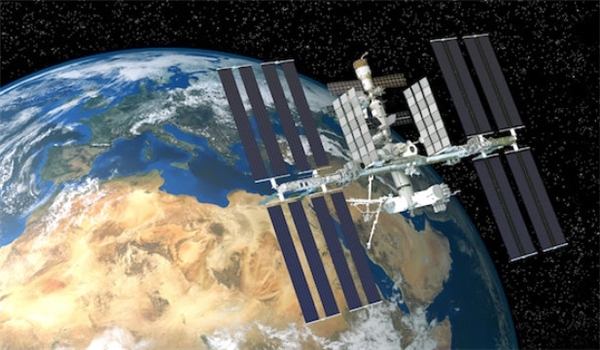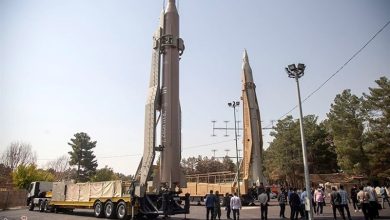New Iran-Made Satellite Ready to Launch

President of Iran’s University of Science and Technology Jabbar Ali Zakeri said on Tuesday that the IUST has delivered the home-made Zafar satellite to the country’s Space Agency (ISA) to be launched into the orbit soon.
“Zafar satellite has been delivered to the ISA and the launch procedures are underway at the organization,” Zakeri told FNA.
He added that the satellite will be the first spacecraft which will be launched by Iran into the orbit in the next three months.
Zakeri had told FNA in May that Zafar is designed by experts at research center of the university and it weighs 90 kilograms, is equipped with color cameras and can survey the oil reserves, mines, jungles, and natural disasters.
Iran launched its first satellite, called Omid (Hope), in February 2009. The Rasad (Observation) satellite was also sent into orbit in June 2011.
In February 2012, Iran successfully put its third domestically manufactured satellite, named the Navid (Promise), into orbit. On February 8, 2012, Iran received the first image sent by the Navid satellite.
Earlier, Head of the Iranian Space Agency (ISA) Morteza Barari said that experts and scientists at the Tehran-based Amirkabir University of Technology will start the development project of a telecommunication satellite dubbed ‘Payam 2’ by late May.
Barari said that three development plans for building Payam 2 are being reviewed and the production operation will commence within three weeks, once the best plan is selected.
Building the device will take up to four years, he added.
The move comes after an earlier version of the satellite, dubbed Payam, was successfully launched into space in January, but the technical problems that occurred during the final stage of the launch prevented the spacecraft from reaching orbit.
Following the incident, Minister of Communications and Information Technology Mohammad Javad Azari Jahromi said that Iran failed to orbit Payam satellite successfully.
The rocket carrying the Payam satellite failed to reach the “necessary speed” in the third stage of its launch, Azari Jahromi said at the time.
According to him, the rocket had successfully passed its first and second stages before developing problems in the third. He did not elaborate on what caused the rocket failure.
President of Amir Kabir University of Technology Seyed Ahmad Motamedi underlined in February Iran’s capability to orbit high-quality satellites in an altitude 500km above the Earth.
“We are able to send satellites to the 500-km altitude and we can design satellites based on international standards,” Motamedi said.
Iran is one of the 9 superior states in building satellites beside the US, Russia, Europe and Canada.
Barari had announced in December 2018 that Iran was planning to manufacture a home-made telecommunication satellite in the next few years.
“Building an indigenized telecommunication satellite within the next 7 years is atop the ISA’s plans,” Barari said.
He added that the preliminary steps had already been taken by Iran to manufacture a telecommunication satellite by building Nahid 1 and Nahid 2 satellites.
Barari underlined that Iran also planned to build a sensing satellite with a 1-meter precision power in 7 years.
Barari had also announced in October 2018 that his country was standing among the 9 top world countries in developing satellites.
He also added that Iran ranked first in the region in the aerospace sector, explaining that Iran ranked 14th in the world in 2016 but it jumped three grades and ranked 11th in the world in 2017.







